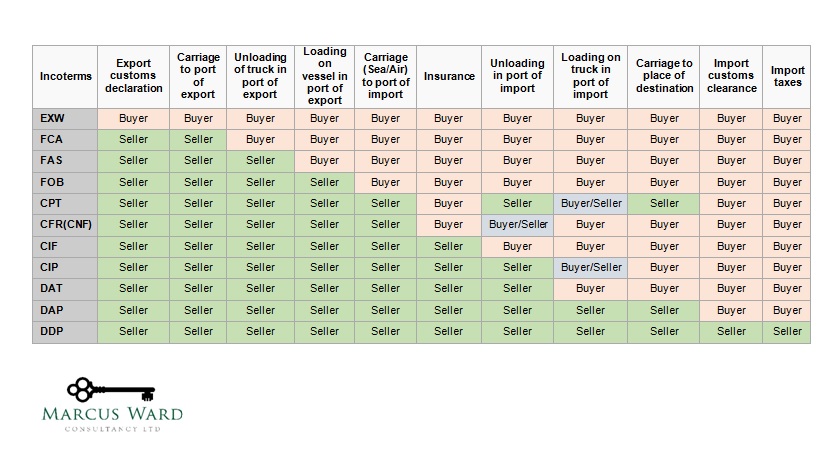Latest from the courts
In the Scottish Court of Session case of Findmypast Limited the issue was whether the sale of credits represented a taxable supply, the tax point of which was when payment was received.
Background
Findmypast carries on a business of providing access to genealogical and ancestry websites which it owns or for which it holds a licence. If a customer wishes to view or download most of the records on the website, they will be required to make a payment. This may be done by taking out a subscription for a fixed period, which confers unlimited use of the records during that period. Alternatively, the customer may use a system known as Pay As You Go. This involves the payment of a lump sum in return for which the customer receives a number of “credits”. The credits may be used to view records on the website, and each time a record is viewed some of the credits are used up. The credits are only valid for a fixed period, but unused credits may be revived if the customer purchases further credits within two years; otherwise they are irrevocably lost.
Technical
Findmypast accounted for output tax on the price of the credits at the time when they were sold. As a consequence, VAT was paid, not only on credits which were used, but also on credits that were not redeemed (The tax point therefore similar to the current rules on the sale of single use face value vouchers. Rules here).
The taxpayer claimed repayment of the VAT accounted for on the sale of unredeemed vouchers during a period which ran up to May 2012 when the legislation was changed.
The question was whether output tax should have been accounted for at the time when the vouchers were sold or at the time the vouchers were redeemed. If the tax point was the date of redemption, then the claim would be valid. The court identified the following issues:
- What is the nature of the supply made by the taxpayer to customers?
- Was it was the supply of genealogical records selected by the customer and viewed or downloaded by them?
- Or was the supply a package of rights and services, which conferred a right to search the records and download and print items from the taxpayer’s websites?
If the former is accurate, the supply only takes place if and when a particular record is viewed or downloaded. If the latter, the supply includes a general right to search which is exercisable as soon as the credits are purchased, with the result that the supply takes place at that point.
A subtle distinction, but one which has an obviously big VAT impact.
Decision
The Court decided that where credits were not redeemed, the taxpayer is entitled to be repaid the output tax previously declared as no tax point was created. In the Court’s view, Findmypast was making the relevant documents available in return for payments received. HMRC’s contention that there was a complex, multiple supply of the facility to find and access genealogical documents such that payment created a tax point was dismissed. The court further found that the relevant payments did not qualify as prepayments (deposits) because it was not known at the time of purchase whether the credits would be redeemed (many were not) or indeed at what time they would be redeemed if they were. It was also decided that the credits were not Face Value Vouchers per VAT Act 1994, Schedule 10A, paragraph 1(1) as they are rather mere credits that permit the customer to view and download particular documents on the taxpayer’s website, through the operation of the taxpayer’s accounting system. And that they are not purchased for their own sake but as a means to view or download documents.
Commentary
Readers of my past articles will have identified that multiple/single supplies and tax points create have been hot topics recently, and this is the latest chapter in the story.
This case highlights that any payments received by a business must be analysed closely and the actual nature of them determined according to the legislation and case law. Not all payments received create a tax point and
Some will not represent consideration such that output tax is due. Careful consideration of the tax point rules is necessary. Not only can the correct application of the rules aid cashflow, but in certain circumstances (such as set out in this case) it is possible to avoid paying VAT on receipts at all.

